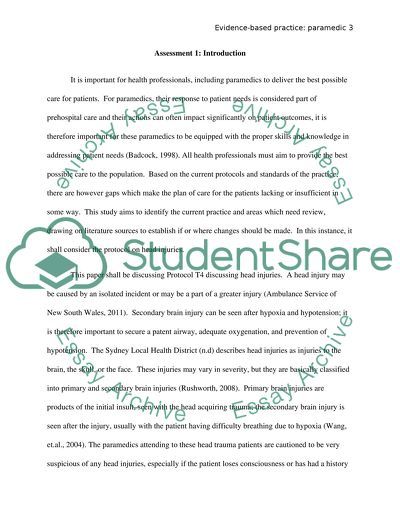Cite this document
(“Evidence-Based Practice: Paramedic Essay Example | Topics and Well Written Essays - 3000 words”, n.d.)
Retrieved de https://studentshare.org/health-sciences-medicine/1390580-evidence-based-practice-paramedic
Retrieved de https://studentshare.org/health-sciences-medicine/1390580-evidence-based-practice-paramedic
(Evidence-Based Practice: Paramedic Essay Example | Topics and Well Written Essays - 3000 Words)
https://studentshare.org/health-sciences-medicine/1390580-evidence-based-practice-paramedic.
https://studentshare.org/health-sciences-medicine/1390580-evidence-based-practice-paramedic.
“Evidence-Based Practice: Paramedic Essay Example | Topics and Well Written Essays - 3000 Words”, n.d. https://studentshare.org/health-sciences-medicine/1390580-evidence-based-practice-paramedic.


